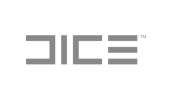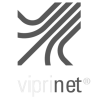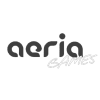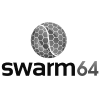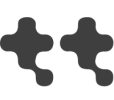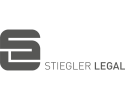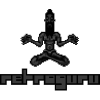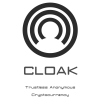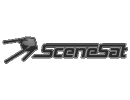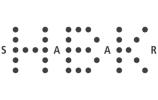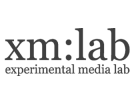Seminar about cabling
cyrusdreams
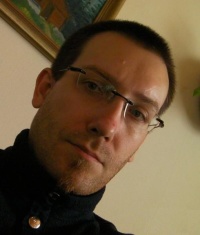
Audience: Experienced crew and beginners with state of the art roundup
How many metres we use at Revision for each task and so on, why we use XLR, why magnets on/around cables, Ohm, CAT5/6, Klingeldraht (not). SDI and wifi instead of cables ? "what is Schuko anyway?" "why is SDI 75Ohms?", "why are not all LANs equal (audio network!)" and as a bonus "how to wind up your long cables the _right_ way".
Coden für Kohle: Wichtiges für den Vertrag
Netpoet
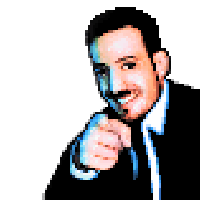
Audience: Because of many Germany-specific aspects this seminar will be held in German language
Software-Entwickler machen oft unnötige Fehler bei Verträgen mit Auftraggebern. In diesem Seminar zeigt Netpoet, wie Software-Erstellungsverträge aufgebaut sind, was enthalten sein muss und wie sich Auftragnehmer vor Ärger schützen können.
Belgian beers for experts
FRaNKy / RBBS
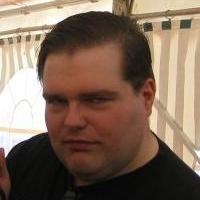
After many request from those who experienced and survived the 2015 "Belgian beers for advanced users" seminar we have a follow-up seminar.
- A participation fee of 5 Euro is requested for taking part in this seminar, as we have to pay for the beers you will taste
- There will be an attendance limit of 30 people as we need to keep the tasting manageable
- Drunk people will not be allowed in
- Seminar is 18+
- There will be no toilet breaks, be prepared!
3h workshop: Using tooll.io to build, tweak, and animate procedural computer graphics
Pixtur / Still

Audience: Need to bring Windows machine with DX11 graphics card, mouse, and headphones
Over the last couple of years we’ve been working on and with our node-based, content-creation suite tooll.io – picking our favorite parts from werkkzeug, vvvv, After Effects and Nuke. In march we’re going to release it on github under MIT license. Although tooll.io is pretty neat for things like building content, writing shaders, playing around with sensors, writing c#-code, and mashing up procedural content, it really shines when tweaking, animating, and syncing.
After helping you install tooll on your computers, we’ll use the workshop to give a basic introduction to the interface, working with operators, scene-graphs and shading. We’ll also give you some pointers on how to explore the example library, which includes some documentation and the most recent Still releases with demos like Square, Intrinsic Gravity and Coronoid. Then we’re going to build and animate a small scene using keyframes, beats, and fun.
For those of you who are more into coding, we’ll give a super quick introduction to writing tooll-operators and shaders with C# and HLSL and then challenge you with a couple of simple tasks (…that might actually prove useful).
4k seminar: How to make a "case of light"
SvOlli / XAYAX
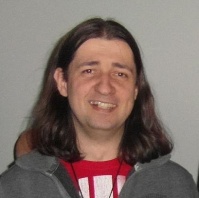
Audience: Anyone who like to put together an own LED based demo platform
"How to build an own wild platform" for dummies: The demo "Test-Case Of Light" won first place on Deadline in October 2015. It was running on a self-build hardware called "DemoBlaster". In this talk this hardware is described in detail: what the basic concept was, which wise decisions were made, and which not so wise decisions added to a fail.
News from an alien and twisted musical desert
Kylearan
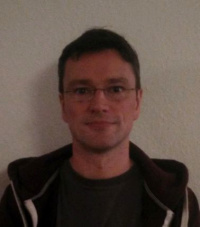
Audience: Sceners not afraid of weird and unusual audio limitations
The state of the Atari VCS 2600 music scene is very underdeveloped, despite the fact that it is one of the oldest platforms actively used in the demoscene. In addition to the severe and weird limitations of the hardware itself, there's also a dramatic shortage of tools accessible to musicians. As a consequence, music is hard to come by for a coder, and musical styles are often more uniform and limited than they need to be.
In an attempt to improve this situation, we present TIATracker: A new sound routine for the VCS and an accompanying tracker for the PC which tries to support both musicians and coders in dealing with the specific limitations of the platform.
This talk will start with a brief recap of the audio capabilities of the VCS. Then, an overview of existing audio routines and tools, both publicly available and proprietary, is provided. This is followed by a discussion and some statistics about how all this might have influenced the culture and quality of music on the VCS.
Finally, TIATracker is introduced. It brings ADSR envelopes, variable pattern lengths individual to each channel, funktempo and more to the VCS, and its PC user interface targets non-coder, non-VCS musicians with tools like pitch guides, combined waveform instruments and overlay percussions.
A real-time post-processing crash course (final version)
Zavie / Ctrl-Alt-Test
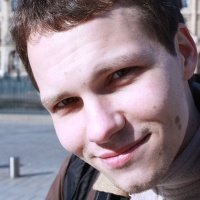
Audience: Programmers who would like to start implementing their own post-processing pipeline.
Assuming no prior experience, this talk will present the basics of implementing post-processing in a demo. We will first go through some prerequisites and spend time reminding the importance of gamma correction. We will next see in detail the implementation of one effect: velocity map based motion blur. Finally, we'll have a cursory look at the pipeline used in "G - Level One" to illustrate how different effects can spice up the taste of the image.
The code examples will be in C++, OpenGL and GLSL but they should translate well to a different graphics API and shading language.
The design of the KRAFT 3D rigid body physics engine
BeRo / Farbrausch & urs / mercury
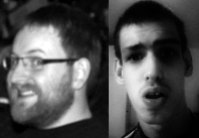
Audience: Game and graphics developers
KRAFT is a modern state-of-the-art multithreaded 3D rigid body physics engine. This talk will show you the base concepts of a current state-of-the-art lightweight physics engine design.
Topics will be: Efficient multithreaded-friendly design ofbroad-phase, mid-phase and narrow-phase, lightweight but application-complete one-shot-contact-manifold collision detection (includes short presentation of Gauss-Map optimized Clipping-SAT, GJK, MPR and implicit collision algorithms), continuous collision detection (Bilateral Advancement, Conservative Advancement, speculative contacts), and as well as other topics.
How Fairlight/CNCD infiltrated the world of live visuals
Smash / Fairlight
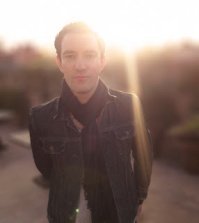
Audience: Coders, artists and designers
Over the last two years we have taken the journey from the demoscene & games industry into the world of visual effects for live events, stage & touring. Along the way we created visuals for some of biggest and brightest live productions in the world, such as Eurovision, The Grammys, Cirque du Soleil, and world tours for bands like Coldplay, u2 and Ed Sheeran. We've developed a tool that enables CG artists to make real-time graphical content which is now being used by creatives and productions around the world.
This seminar discusses our experiences, the needs of this industry and how they differ from making visual FX for the demoscene or games both creatively and technically. We also show our software and talk about our experience of bringing it to market.
Seminars
- Seminar about cabling
- Coden für Kohle: Wichtiges für den Vertrag
- Belgian beers for experts
- 3h workshop: Using tooll.io to build, tweak, and animate procedural computer graphics
- 4k seminar: How to make a "case of light"
- News from an alien and twisted musical desert
- A real-time post-processing crash course (final version)
- The design of the KRAFT 3D rigid body physics engine
- How Fairlight/CNCD infiltrated the world of live visuals
